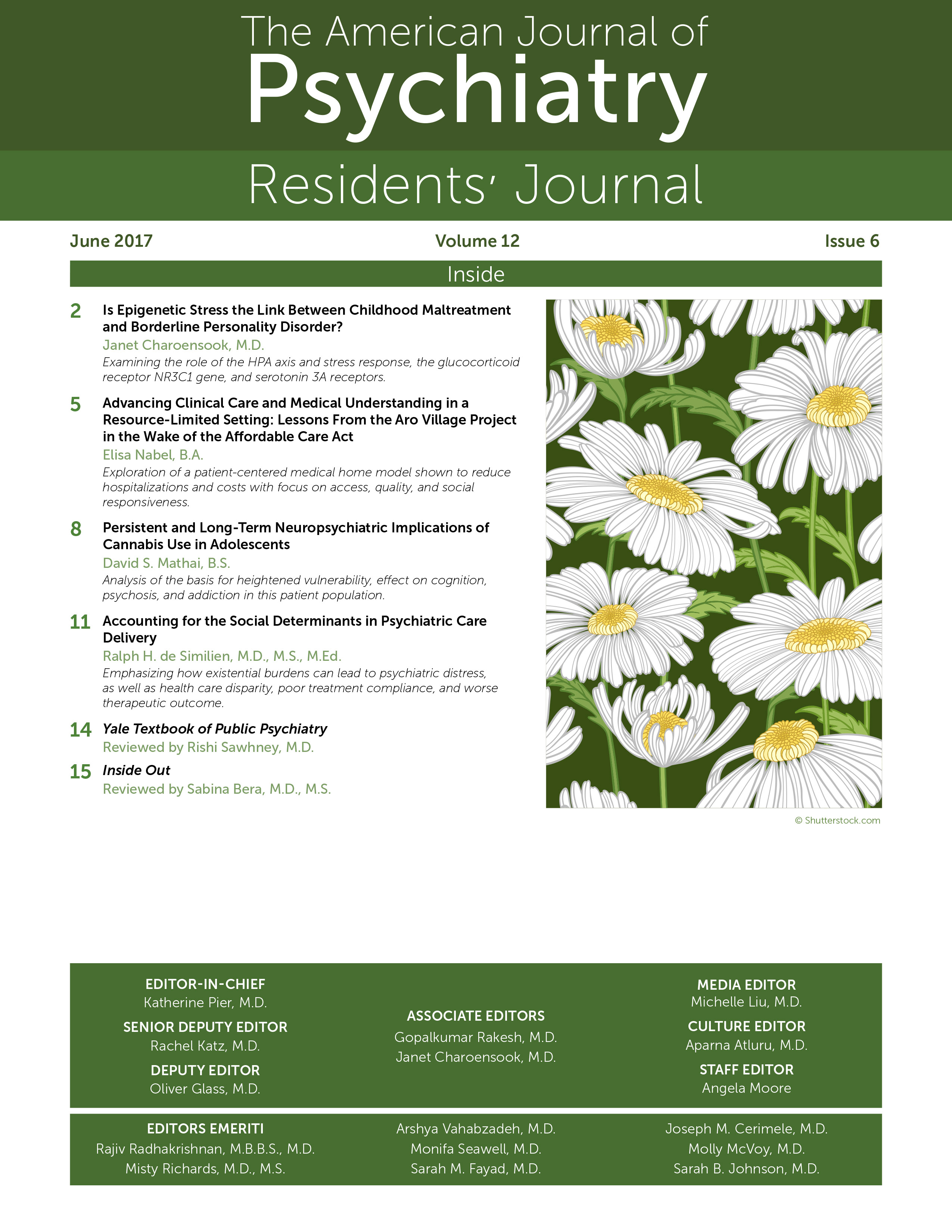Advancing Clinical Care and Medical Understanding in a Resource-Limited Setting: Lessons From the Aro Village Project in the Wake of the Affordable Care Act
The Aro Village Project: Expanding Access to Psychiatric Care in a Resource-Limited Setting

The Clinical Village: Enhancing Patient Care Through Synergy of Psychiatric Treatment and Delivery Structures
From Madness to Mental Illness: How the Aro Village Project Transformed Societal Experiences of “Wére”
Principles Demonstrated: Access, Quality, and Social Responsiveness Despite Low Resources
Key Points/Clinical Pearls
Acknowledgments
References
Information & Authors
Information
Published In
History
Authors
Metrics & Citations
Metrics
Citations
Export Citations
If you have the appropriate software installed, you can download article citation data to the citation manager of your choice. Simply select your manager software from the list below and click Download.
For more information or tips please see 'Downloading to a citation manager' in the Help menu.
View Options
View options
PDF/EPUB
View PDF/EPUBGet Access
Login options
Already a subscriber? Access your subscription through your login credentials or your institution for full access to this article.
Personal login Institutional Login Open Athens loginNot a subscriber?
PsychiatryOnline subscription options offer access to the DSM-5-TR® library, books, journals, CME, and patient resources. This all-in-one virtual library provides psychiatrists and mental health professionals with key resources for diagnosis, treatment, research, and professional development.
Need more help? PsychiatryOnline Customer Service may be reached by emailing [email protected] or by calling 800-368-5777 (in the U.S.) or 703-907-7322 (outside the U.S.).
